Forever L.A.
A Field Guide to Los Angeles Area Cemeteries & Their Residents
Douglas Keister

Forever L.A.
A Field Guide to Los Angeles Area Cemeteries & Their Residents
Digital Edition v1.0
Text and photographs 2010 Douglas Keister
Map 2010 Marianne Govan
All rights reserved. No part of this book may be reproduced by any means whatsoever without written permission from the publisher, except brief portions quoted for purpose of review.
Gibbs Smith, Publisher
PO Box 667
Layton, UT 84041
Orders: 1.800.835.4993
www.gibbs-smith.com
Library of Congress Catalog-in-Publishing Data
ISBN-13: 978-1-4236-0522-5
ISBN-10: 1-4236-0522-5
1. CemeteriesCaliforniaLos AngelesGuidebooks. 2. Sepulchral monumentsCaliforniaLos AngelesGuidebooks. 3. Los Angeles (Calif.)Biography. 4. Los Angeles (Calif.)Genealogy. I. Govan, Marianne. II. Title. III. Title: Forever Los Angeles.
F869.L8K45 2010
929.5dc22
2009046618
To Kay and Carl Keister, for giving me the gift of life, to Bill W and Dr. Bob, for giving it back to me, and to Sandy, for making the present a wonderful adventure.
About L.A.
Los Angeles, L. A., City of Angels, la-la-land, The Big Orange, Lotuslandfew cities are as diverse and mystifying as Los Angeles, California. It was founded on September 4, 1781, by Spanish governor Felipe de Neve as El Pueblo de Nuestra Seora la Reina de los ngeles de Porcincula (The Village of Our Lady, the Queen of the Angels of the Little Portion). The official name was El Pueblo de la Reina de Los Angeles and, as the years ticked on, eventually became known simply as Los Angeles.
Close to four million Angelenos are corralled within five hundred square miles that is the City of Los Angeles. However, most people know Los Angeles as a rather amorphous blob comprising the City of Los Angeles and bits and pieces of neighboring communities. Los Angeles County is over 4,750 square miles and contains over 125 incorporated and unincorporated communities that, including the City of Los Angeles, are home to over 10 million souls. Around 200 of them die every day, about 60,000 in a calendar year: 20,000 from heart disease, 55,000 from cancer, 10,500 from accidents 4,000 from cirrhosis of the liver, and 700 by suicide. All of the dead need to be tended to.
The first formal burials in the Los Angeles area were in small churchyards (known as Gods Acre) around Mission San Gabriel Arcngel (established 1771 in San Gabriel) and Mission San Fernando Rey de Espaa (established 1797 in San Fernando). The area around the Plaza Church at 521 North Main Street is said to have been the principal burial ground for Los Angeles from 1826 to 1844. In 1837, the parish priest warned that the burial ground was insufficient, and in 1842, Calvary Cemetery was established (it was formally designated as the first official cemetery of Los Angeles in 1962). As Los Angeles grew, specialty cemeteries sprang up for secret societies like the Freemasons and Odd Fellows and for ethnic groups like the Chinese and Jews. The Los Angeles City Council outlawed burials within the city in 1879 except for the use of plots already purchased. This led to the development of dozens of cemeteries in Los Angeles suburbs.
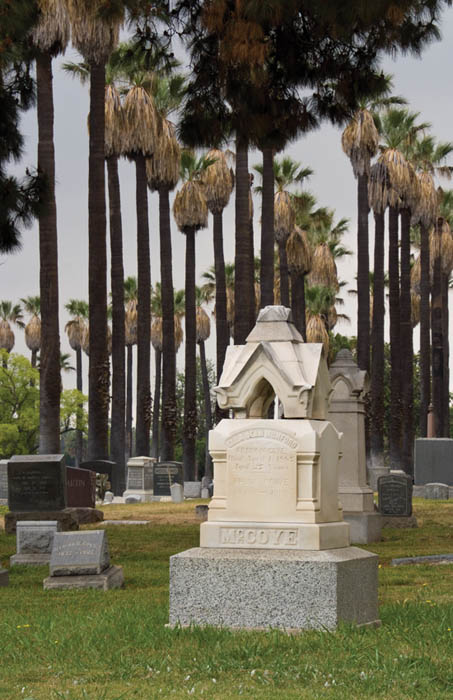
Angelus Rosedale Cemetery
When a cemetery was closed, that did not necessarily mean that all of the bodies were exhumed and buried elsewhere. In many cases, streets, buildings, and then parking lots were constructed over the area with little regard for what had been there. This often resulted in the discovery of human remains when there was an excavation where a cemetery had been. However, there are dozens of cemeteries that are well known and are well tended. Others have not fared so well. A complete list of all cemeteries in Los Angeles County is found in the last chapter.
Nowadays, some of the dead are buried in the county cemetery, others are cremated and scattered, but the majority are interred in the dozens of cemeteries that dot the landscape. Although most modern burials are marked with rather pedestrian flat markers, there is still much to see in Los Angeles cemeteries. Architecture and art abound. Who knows? You may even run into one of your favorite celebrities. Better yet, unlike most entertainment and exploration options in modern-day Americaits all free! Pack a lunch, a map or a GPS device, and a copy of Forever L.A. Youll be rewarded with a whole new perspective on art, architecture, symbolism, and stargazing. Indeed, where else can you easily get within six feet of your favorite celebrity?
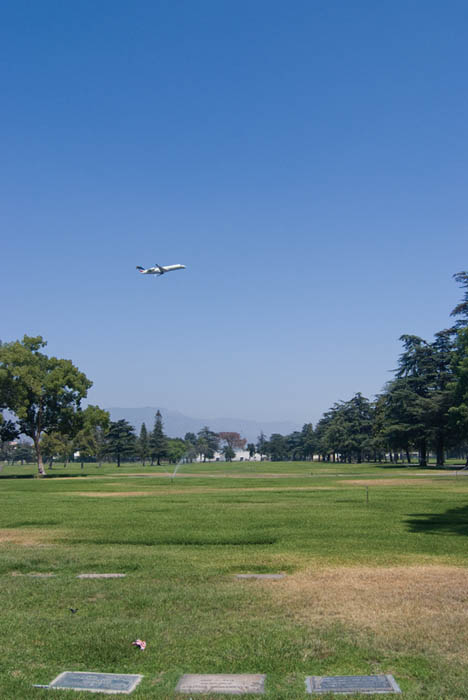
Valhalla Memorial Park
Forest Lawn Memorial ParkGlendale
1712 South Glendale Avenue
Glendale, California 91205
800-204-3131

34 07 30 N 118 15 10 W
www.forestlawn.com/
Maps in office
With all due respect, Forest Lawn (and Forest LawnGlendale in particular) is the Disneyland of cemeteries. Its only fitting that it is in Los Angeles, which is one of the bastions of artifice, thanks to the film industry. The immaculate grounds, spic-and-span monuments, and informative exhibits almost make one forget that there are over a quarter million bodies reposing underground and in mausoleums. Forest Lawn was famously skewered in Evelyns Waughs darkly comedic novel The Loved One (1948) and later in a movie of the same name (1965), with a cast of some of Hollywoods finest stars, including Jonathan Winters playing the dual role of an owner of a Forest Lawnlike cemetery (Whispering Glades) and his hapless twin brother who operates a pet cemetery (Happier Hunting Grounds). In truth, Forest Lawn established a trend in making the modern-day memorial park a place that softens the impact of death.
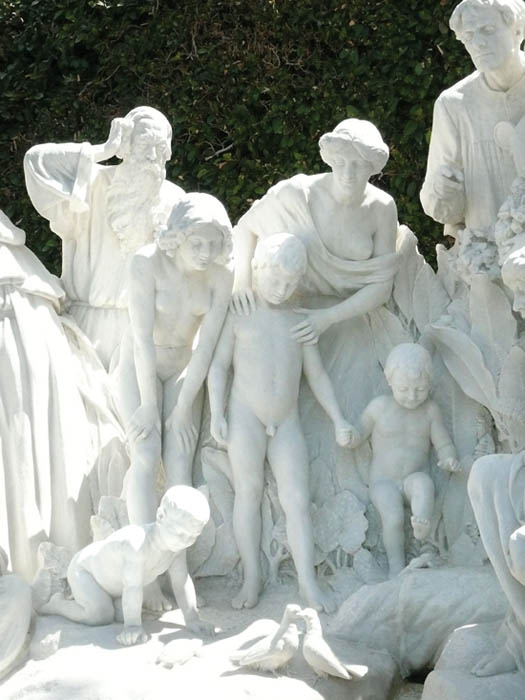
The Mystery of Life
Forest Lawn began simply enough in 1906 as a 55-acre nonprofit, nonsectarian cemetery founded by a group of San Francisco businessmen. The landscaping and funerary architecture and monuments were in keeping with the garden/rural cemetery esthetic of winding roads, lush landscaping, and a hodgepodge of individualized monuments. In 1912, Hubert Eaton and C. B. Sims (who had developed the idea of selling pre-need cemetery plots) purchased the cemetery, and by 1917, Eaton took over its management. Eaton had no cemetery experience, but he was a businessman with an entrepreneurial spirit. Previously, he had been involved in a number of business ventures, most notably as a developer of mining property in Nevada. After Eaton took over Forest Lawn Cemetery (which he soon renamed Forest Lawn Memorial Park), he implemented his idea of designing a cemetery where all of the markers were at ground level and is thus credited with establishing the memorial park. He felt that most other cemeteries were too haphazard and depressing, especially when the monuments aged and became tarnished and tilted. Although Forest Lawn does not have many upright grave markers (the ones it does have are leftovers from the original cemetery), it does have a smattering of gleaming private mausoleums and flawless statuary.

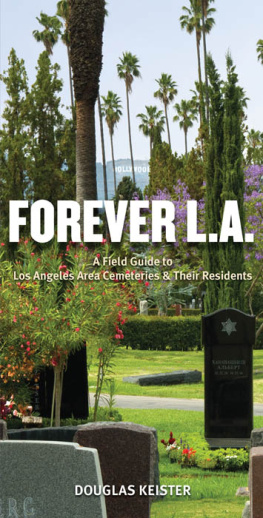

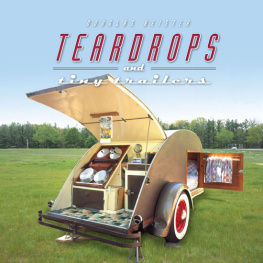

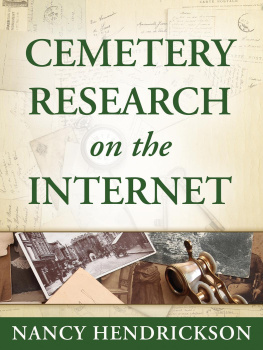
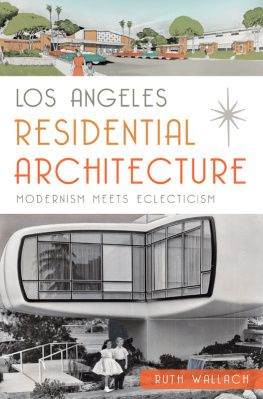
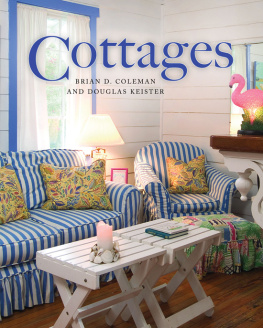

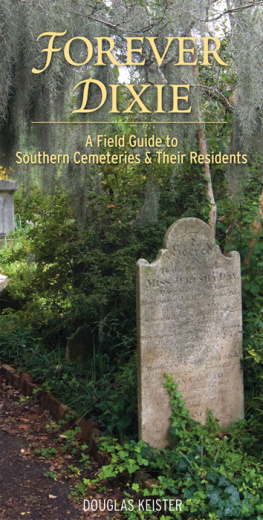



 34 07 30 N 118 15 10 W
34 07 30 N 118 15 10 W